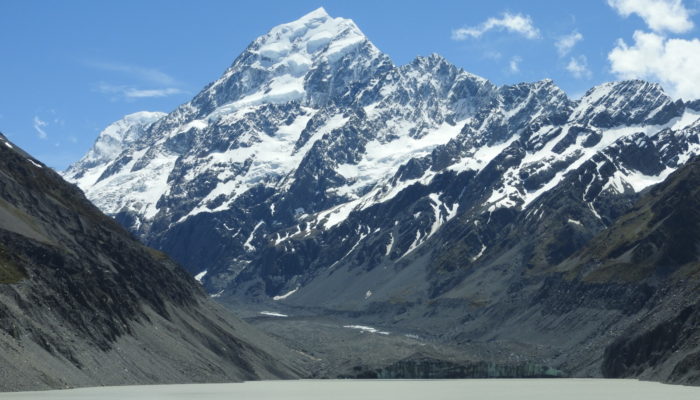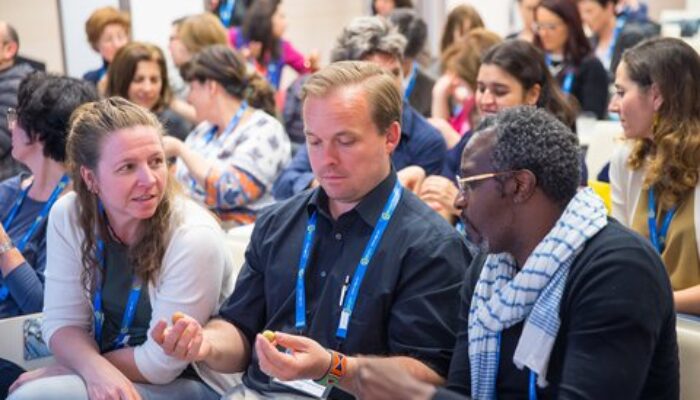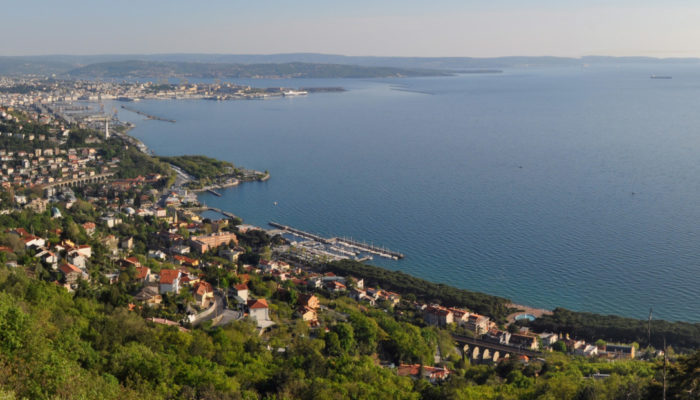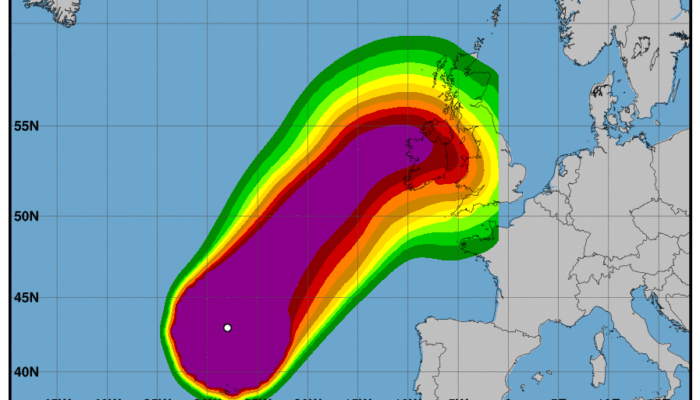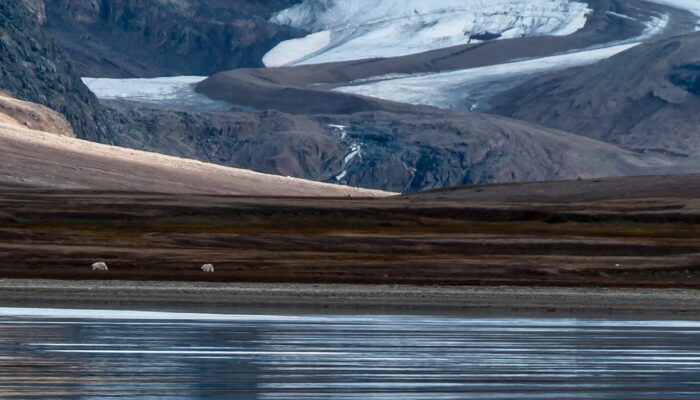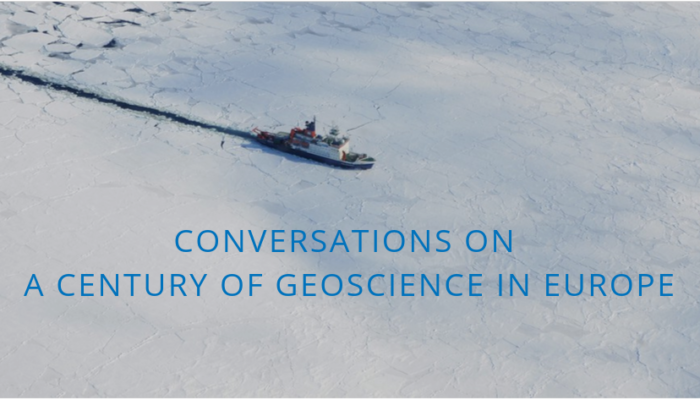Calling all artists interested in the geosciences! For the third year in a row, the European Geosciences Union (EGU) will be providing artist in residence opportunities at its annual General Assembly. Our residency programme provides artists with an opportunity to engage with scientific research in a dynamic setting and be inspired by new scientific discoveries. Researchers, on the other hand, can ...[Read More]
Cryospheric Sciences
Did you know? – Proglacial lakes accelerate glacier retreat!
In a global context, New Zealand’s small mountain glaciers often get overlooked and yet they are a beautiful part of New Zealand’s landscape. They are the water towers for the South Island and an essential part of its tourism, thanks to a few undeniable heroes (Frans Josef and Fox Glaciers), but sadly, they may not be as prominent in the future. In this post we review the state of modern glaciatio ...[Read More]
Geodynamics
The Sassy Scientist – Earthquake Exoteries Nr. V
Every week, The Sassy Scientist answers a question on geodynamics, related topics, academic life, the universe or anything in between with a healthy dose of sarcasm. Do you have a question for The Sassy Scientist? Submit your question here or leave a comment below. In a comment on a post about the key papers in geodynamics, the Curmudgeonly Commenter asked: Could you please point out some exceptio ...[Read More]
GeoLog
Educators: apply now to take part in the 2020 GIFT workshop!
The General Assembly is not only for researchers but also for teachers and educators with an interest in the geosciences. Every year the Geosciences Information For Teachers (GIFT) workshop is organised by the EGU Committee on Education to bring first class science closer to primary and high school teachers. The topic of the 2020 edition of GIFT is ‘Water in the solar system’. This year’s workshop ...[Read More]
Tectonics and Structural Geology
Trieste, where the word Karst originates
The city of Trieste lies in north-eastern Italy along the border with Slovenia. It is positioned at the corner point between the Romance, Germanic and Slavic worlds and serves as an important seaport in the region. It is fascinating for both its history and geology. My relationship with Italy’s town of Science, as Trieste is often referred to, started about a year ago. I got the opportunity to st ...[Read More]
Geodynamics
Space travel: arrogance or vision?
This week, Caroline Dorn, Ambizione Fellow at the University of Zurich, tells us her view on space travel and why we shouldn’t pack our bags just yet. Space exploration is experiencing a new boom, a come-back since the 60s & 70s! First discoveries of planets outside our solar system in the 90s have set the foundations of a new discipline that is exoplanet science – the field in wh ...[Read More]
Nonlinear Processes in Geosciences
After Lorenzo and Ophelia, should we prepare European coasts for tropical storms and hurricanes?
Autumn is hurricane season in the north tropics and indeed 2019 does not make exception from this point of view. After Dorian hitting Bahamas and North Carolina, the American National Hurricane Center named Lorenzo a tropical depression originating near Capo Verde. On September 25th Lorenzo became a category 1 hurricane, according to the Saffir-Simpson scale. This scale categorizes the hurricanes ...[Read More]
Natural Hazards
How can remote sensing and wavelet transform unravel natural and anthropogenic ground motion processes?
Underground energy storage and gas storage in aquifers In the context of energy transition, massive energy storage is a key issue for the integration of renewable sources into the energy mix. Storing energy in the underground can lead to larger-scale, longer-term and safer solutions than above-ground energy storage technologies. In particular, natural gas storages are designed to address different ...[Read More]
GeoLog
Imaggeo on Mondays: A walk at the glacier
In 2012 I had the opportunity to help lead a teaching excursion to the Norwegian archipelago Svalbard. On this trip, geography students from the Ruhr-University of Bochum in Germany had the chance to learn more about the nature of this fascinating island. In addition to Svalbard’s climatology and the wildlife, the region’s glaciology and geomorphology were the main topics we focused on. For exampl ...[Read More]
GeoLog
Conversations on a century of geoscience in Europe: Part 2
When you think about the last century of geoscience, what comes to mind? Perhaps Alfred Wegener’s theory of continental drift? Or Inge Lehmann’s discovery of Earth’s solid inner core? Over the last 100 years, geoscientists have made incredible contributions to our understanding of the Earth, the solar system, and beyond. The science community has explored uncharted territory, challenged previously ...[Read More]


